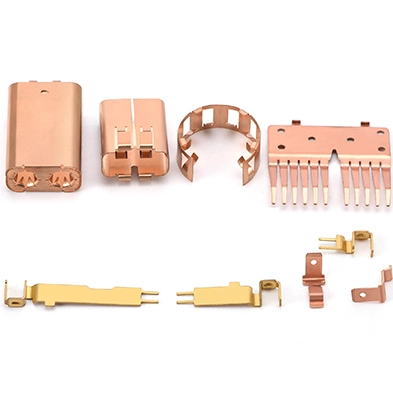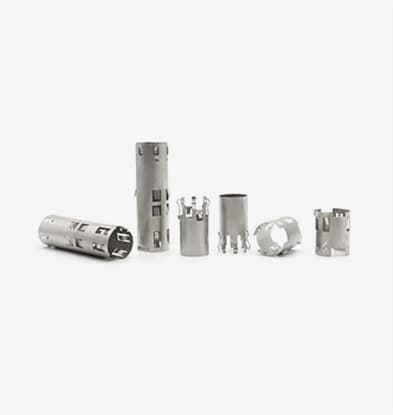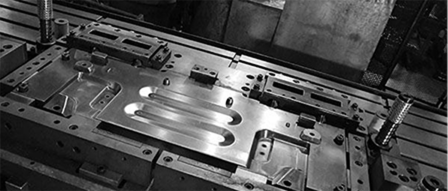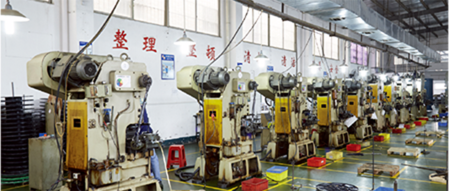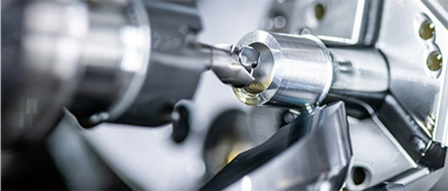Forming Limits and Material Selection for Deep Drawing Parts
Deep drawing is an important manufacturing technology in the field of metal forming, widely used in the production of various complex shapes and high-precision metal parts. The quality of deep drawing parts is directly affected by material selection and forming limits. OEM drawing companies play a crucial role in this process, as they need to accurately grasp material characteristics and forming processes to ensure the performance and quality of the final product.
Forming Limits of Deep Drawing Parts
Forming limits refer to the maximum degree of deformation a material can withstand during deep drawing without rupture or instability. Understanding these limits is crucial for preventing defects such as wrinkling, tearing, or cracking. They are influenced by multiple factors, including the mechanical properties, thickness, chemical composition, and microstructure of the material. Key factors affecting forming limits include:
Material characteristics: The inherent properties of the material, such as yield strength, tensile strength, and elongation, play an important role in determining its formability. Materials with high ductility and low yield strength are generally preferred for deep drawing because they can withstand greater deformation without failing.
Material ductility: Materials with high elongation are less likely to crack during deep drawing.
Material thickness: The thickness of the metal sheet affects its ability to deform. Thicker materials may require more deformation steps during deep drawing. Thinner sheets are more easily bent and may need additional support during processing.
Material microstructure: Fine grains help to improve the forming performance of the material.
Lubrication: Proper lubrication reduces friction between the metal sheet and the die, allows the material to flow more smoothly, and reduces the risk of defects. Choosing the appropriate lubricant is crucial for achieving optimal forming conditions.
Die design: The design of the die (including its geometry and surface finish) affects material flow and the quality of the final part. Smooth, well-designed dies reduce friction and enhance the formability of the material.
Material Selection for Deep Drawn Parts
Ductility: High ductility allows for greater deformation before breaking, making materials like aluminum, low-carbon steel, and certain stainless steels suitable choices.
Yield strength: Materials with lower yield strength deform more easily but may require careful handling to prevent wrinkling or tearing.
Work hardening: Materials that harden significantly during deformation increase the likelihood of cracking and may require adjustments in tool design and process parameters.
Advanced High-Strength Steel (AHSS): AHSS is designed to offer high strength and excellent formability, making it suitable for automotive applications where safety and weight reduction are critical. They are engineered to withstand significant deformation without failure.
OEM deep drawing companies possess the expertise and experience to ensure manufacturers adhere to quality standards and develop processes to minimize defects. They will evaluate the company's equipment, capabilities, and production capacity to meet your specific requirements. Adopting advanced die design and manufacturing technologies to accommodate the forming needs of different materials is essential.
Forming limits and material selection of deep drawing parts are key factors in ensuring part quality and performance. OEM deep drawing parts companies can effectively improve production efficiency and product quality by deeply researching material characteristics, optimizing process flows, and adopting advanced die technologies. With the continuous emergence of new materials and technologies, the deep drawing process will continue to evolve, bringing more possibilities to the manufacturing industry.

 English
English 